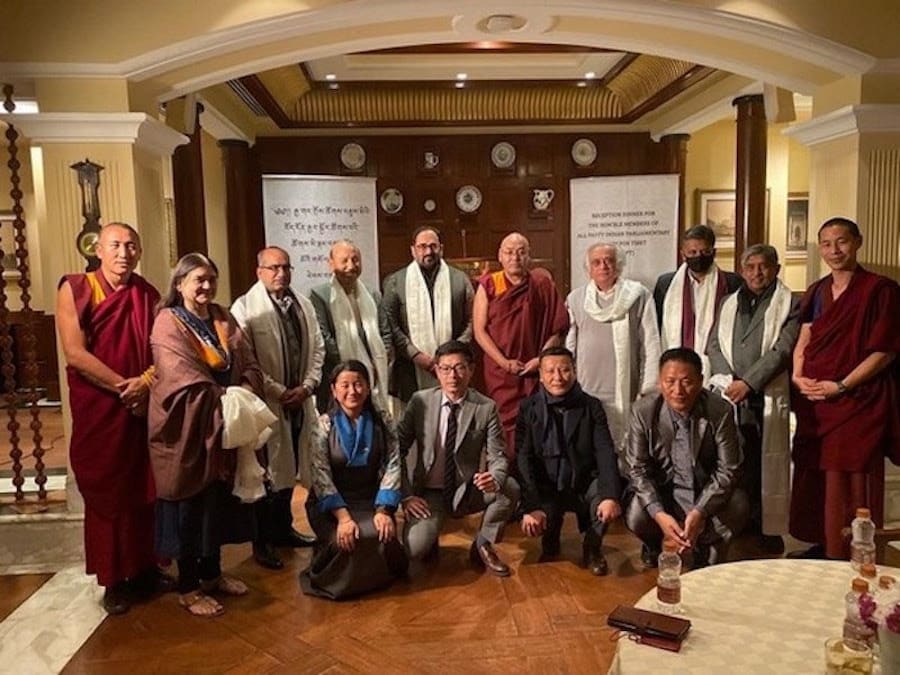By — Shyamal Sinha
Indian government has launched first-ever app that enables the user to learn Sanskrit, the ancient language of the country. The app created by Indian Council for Cultural Relations (ICCR) has been named ‘Little Guru’.
In Sanskrit verbal adjective sáṃskṛta- is a compound word consisting of sáṃ (together, good, well, perfected) and kṛta- made, formed, work.
The app aims to make learning Sanskrit easy and entertaining by ‘gamifying’ it. It has been developed by Bengaluru-based company Gamapp sportswizz. The app is available on Google Play Store.
Sanskrit is the sacred language of Hinduism, the language of classical Hindu philosophy, and of historical texts of Buddhism and Jainism. It was a link language in ancient and medieval South Asia, and upon transmission of Hindu and Buddhist culture to Southeast Asia, East Asia and Central Asia in the early medieval era, it became a language of religion and high culture, and of the political elites in some of these regions. As a result, Sanskrit had a lasting impact on the languages of South Asia, Southeast Asia and East Asia, especially in their formal and learned vocabularies.
The most archaic of these is Vedic Sanskrit found in the Rig Veda, a collection of 1,028 hymns composed between 1500 BCE and 1200 BCE by Indo-Aryan tribes migrating east from what today is Afghanistan across northern Pakistan and into northern India. Vedic Sanskrit interacted with the preexisting ancient languages of the subcontinent, absorbing names of newly encountered plants and animals; in addition, the ancient Dravidian languages influenced Sanskrit’s phonology and syntax. “Sanskrit” can also more narrowly refer to Classical Sanskrit, a refined and standardized grammatical form that emerged in the mid-1st millennium BCE and was codified in the most comprehensive of ancient grammars, the Aṣṭādhyāyī (“
“Little guru is a beautiful symbol of what we proposed to do in teaching to people across the world. This app will help students, teachers, monks…to be able to get an app that will help them learn easier at their own pace, whatever time they want. It helps you do better,” said Dinesh Patnaik, director general of ICCR.
“We realised something, we need something more modern, more up to date. Which works with technology, to bring this ancient language to the people…We decided to use modern-day tools like machine learning, AI, and gaming techniques. Gaming techniques help in bringing life to language,” he said.
Sankrit is often called the ‘language of the Gods’ in Indian culture. ICCR has been providing Sanskrit books and other material to help people learn the language. ICCR comes under India’s Ministry of External Affairs. It also deputes teachers, professors to universities and institutes.
Indian diaspora as well as foreigners have been requesting ICCR for assistance in Sanskrit learning. Many Buddhist, Jain and other religious texts are in Sanskrit. There has been great demand from some countries for assistance in learning the language.
Many Indian languages like Bengali, Tamil, Marathi use Sanskrit as a base.
A number of universities teaching Sanskrit across the world have been keen for an app that helps not only the current students but also other young scholars who wish to learn Sanskrit before joining universities.
Sanskrit’s status, function, and place in India’s cultural heritage are recognized by its inclusion in the Constitution of India‘s Eighth Schedule languages.
Interestingly, a fact that is well known, that in the 80s, the National Aeronautics and Space Administration (NASA) also did a study to know which is the most computerable language. They realized given its clear grammatical structure and strict pronunciation that Sanskrit was the most computerable language in the world as its structure allowed it to merge into any computerable system.
The Sanskrit language scholar Moriz Winternitz states, Sanskrit was never a dead language and it is still alive though its prevalence is lesser than ancient and medieval times. Sanskrit remains an integral part of Hindu journals, festivals, Ramlila plays, drama, rituals and the rites-of-passage.
Sanskrit is the sacred language of various Hindu, Buddhist, and Jain traditions. It is used during worship in Hindu temples. In Newar Buddhism, it is used in all monasteries, while Mahayana and Tibetan Buddhist religious texts and sutras are in Sanskrit as well as vernacular languages. Some of the revered texts of Jainism including the Tattvartha sutra, Ratnakaranda śrāvakācāra, the Bhaktamara Stotra and later versions of the Agamas are in Sanskrit. Further, states Paul Dundas, Sanskrit mantras and Sanskrit as a ritual language was commonplace among Jains throughout their medieval history.












